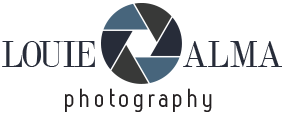48 Hours: Things to Do in Central African Republic
Looking for meaningful things to do in Central African Republic? Let me share my two-day adventure. Spending 48 hours in the Central African Republic (CAR) was an eye-opening experience. Before this, I spent 48 hours in Tunis, Tunisia. I also explored 48 hours in Niamey. Each experience taught me something new. And with every trip, […]





